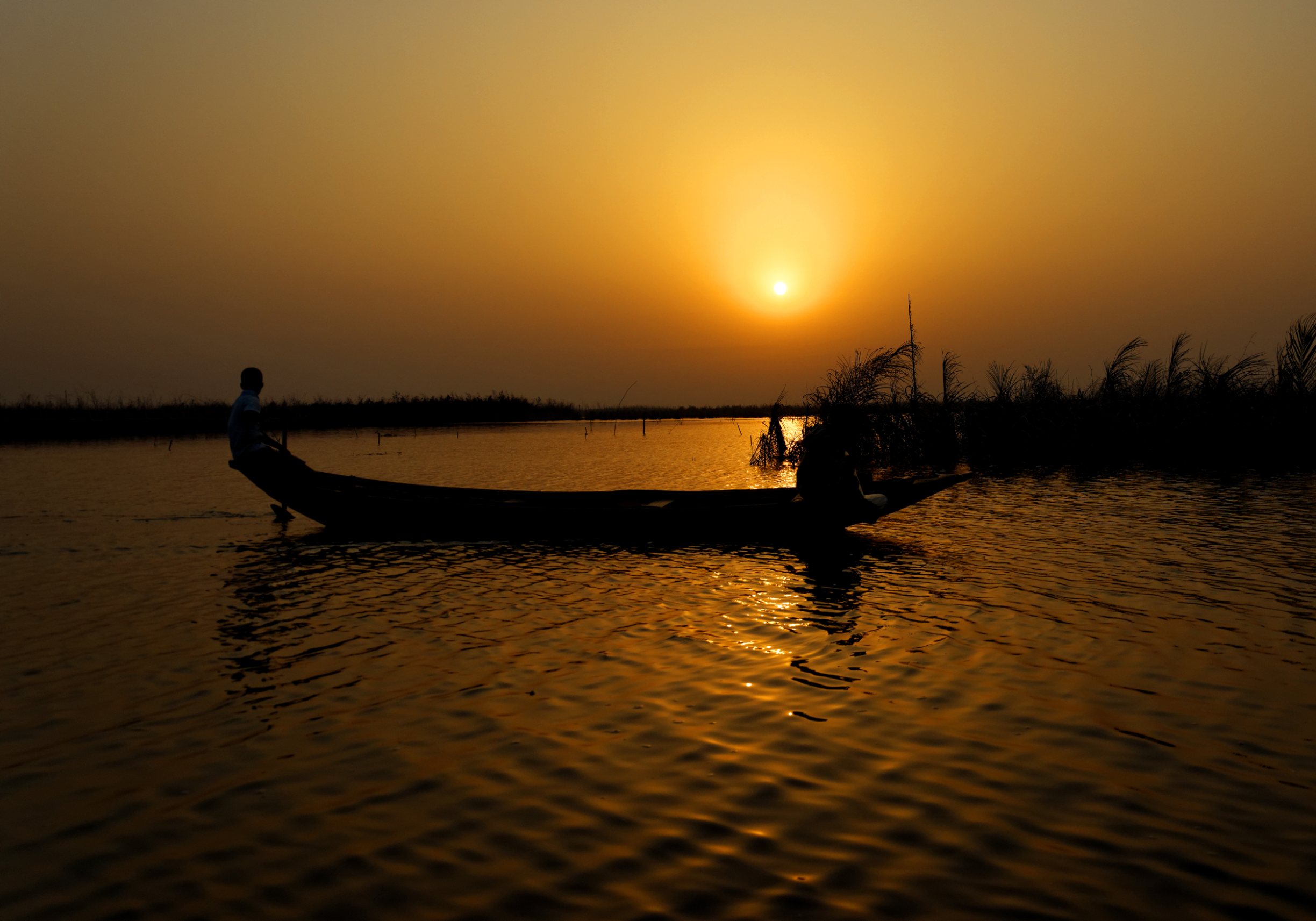
Vodou, a religion that honours ancestors and worships natural spirits, originated in Benin. Its museums will tell you more about its history as a central hub for transatlantic slave traders.
This little nation in West Africa boasts stunning beaches, distinctive marketplaces, and lush natural settings. It is a well-liked location for those wanting to learn more about its vibrant culture. The top 8 things to do in Benin are listed here.
1. The biggest stilt village in Africa, See Ganvie
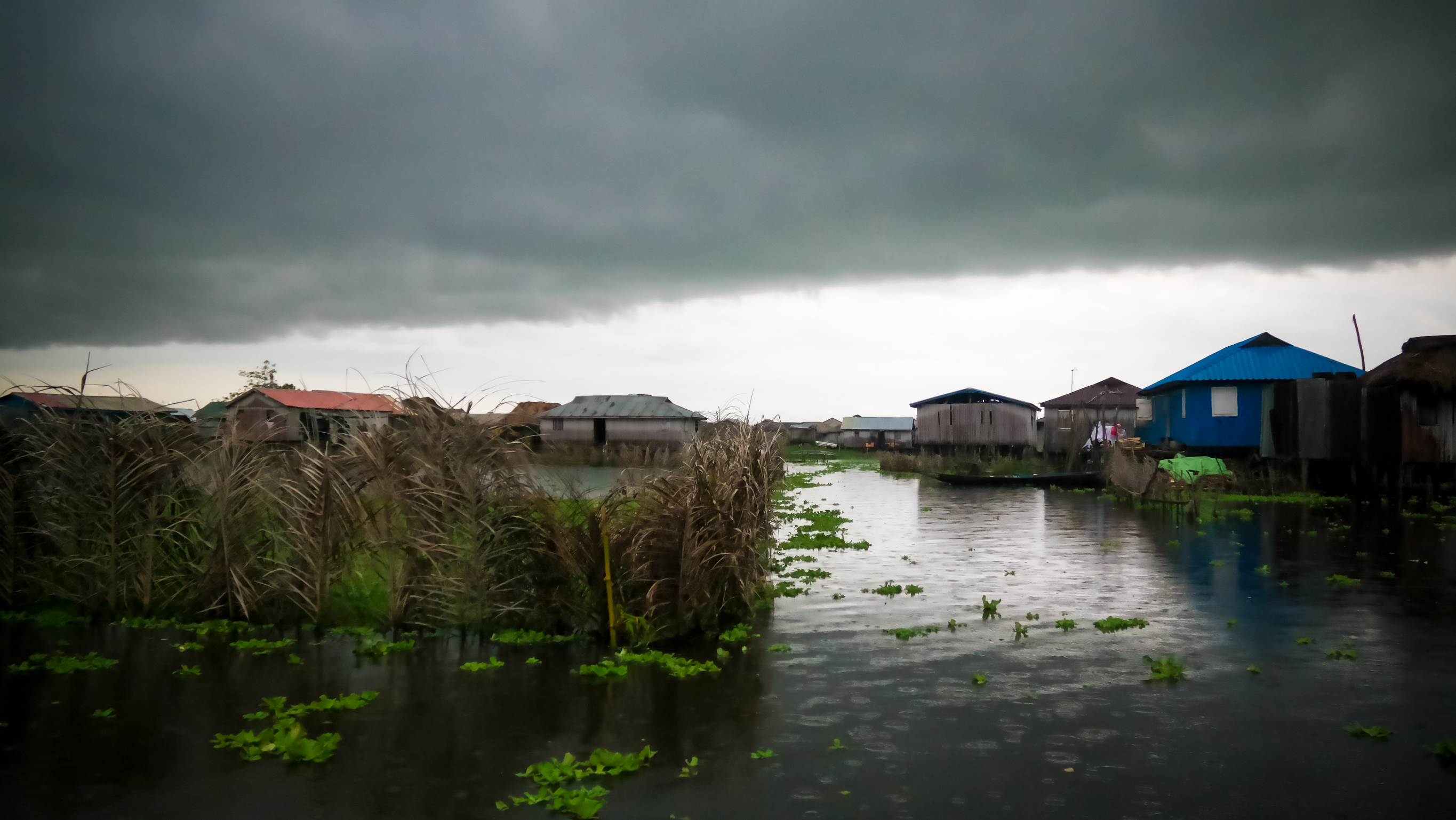
In terms of experiences in Benin, a trip to Ganvie, also referred to as the "Venice of Africa," is highly recommended. People who have adapted to life in the shallow waters and islands of Lake Nokoue make up the "watermen" population of this old stilt settlement.
The Tofinu people left the central regions to seek safety on a remote body of water to avoid being kidnapped and sold into slavery by Fon warriors during the transatlantic slave trade, which is when this settlement first appeared. During that period, a tribe in Benin called the Fon gained notoriety for being engaged in the slave trade.
20,000 people live in Ganvie now, and their primary incomes come from tourism and fishing. Go for a day trip to Ganvie, only 9 km from Cotonou, and immerse yourself in the local culture. Lake Nokoue occupies 16,000 hectares, a stunning sight for birdwatchers, where the African openbill and white crested heron call home.
Planning tip: Find the correct prices for a Ganvie excursion. Tourists are susceptible to being overcharged for tour packages. Since Ganvie is one of Benin's most popular tourist spots, be sure your guide is trustworthy.
2. Discover occult culture in Ouidah
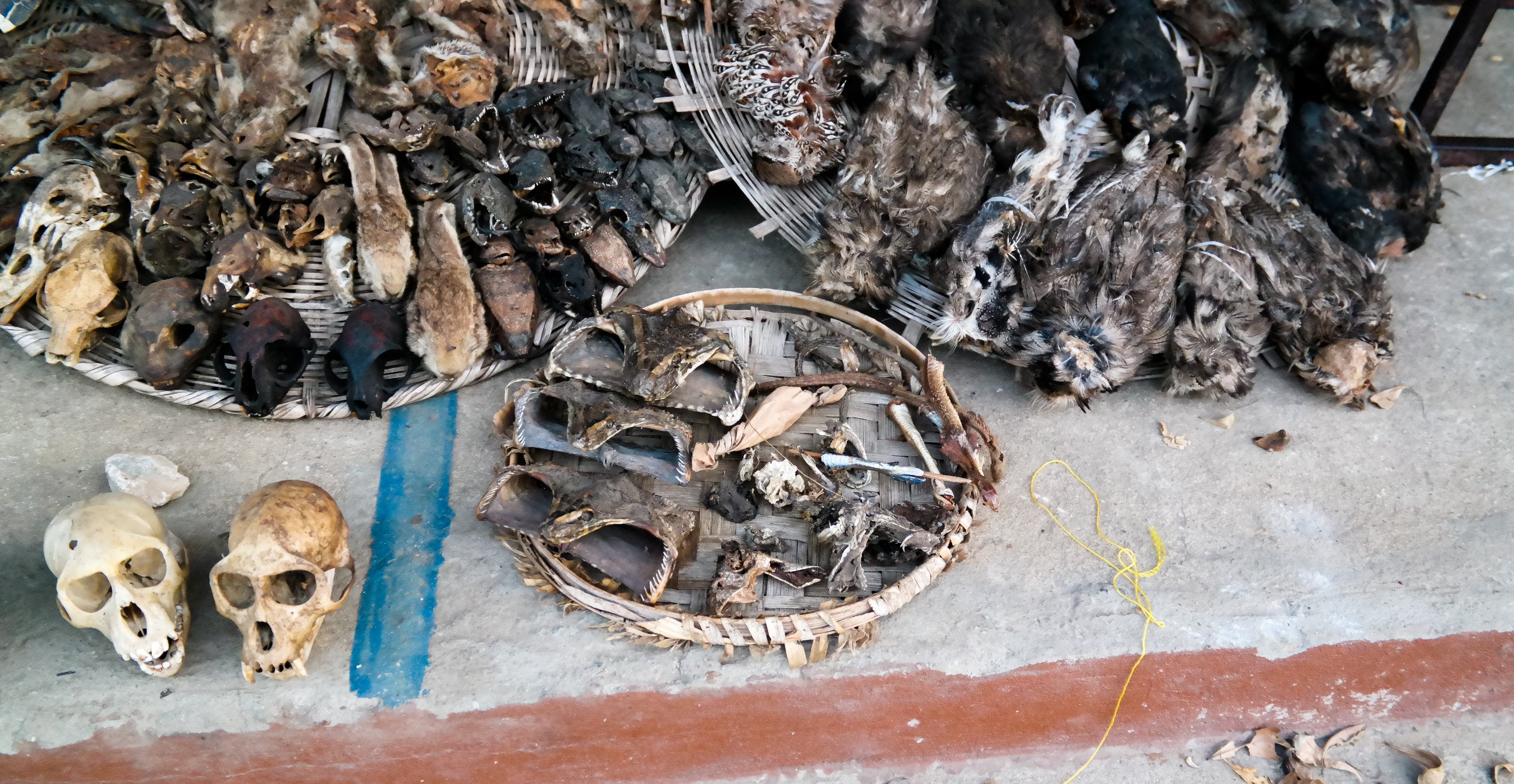
Ouidah should be at the top of your itinerary if you visit Benin. Why? It is a tourist spot with a sinister aura. Ouidah is undoubtedly for you if strange, obscure, and unusual websites appeal to you. Visit the Temple of Pythons, where many pythons slither about in anticipation of Vodou ceremonies. To discover more about the history of Benin's colonisation, visit The Musée de la Fondation Zinso.
This Ouidah tour should come to an end at the Route des Esclaves, which depicts the path an enslaved person would take from being bought and sold in the slave market to reach the Door of No Return, a memorial dedicated to Benin's lost enslaved people.
Planning tip: To save money, organise a fee with your driver, including site entrance fees.
3. Embrace the bustle of Cotonou
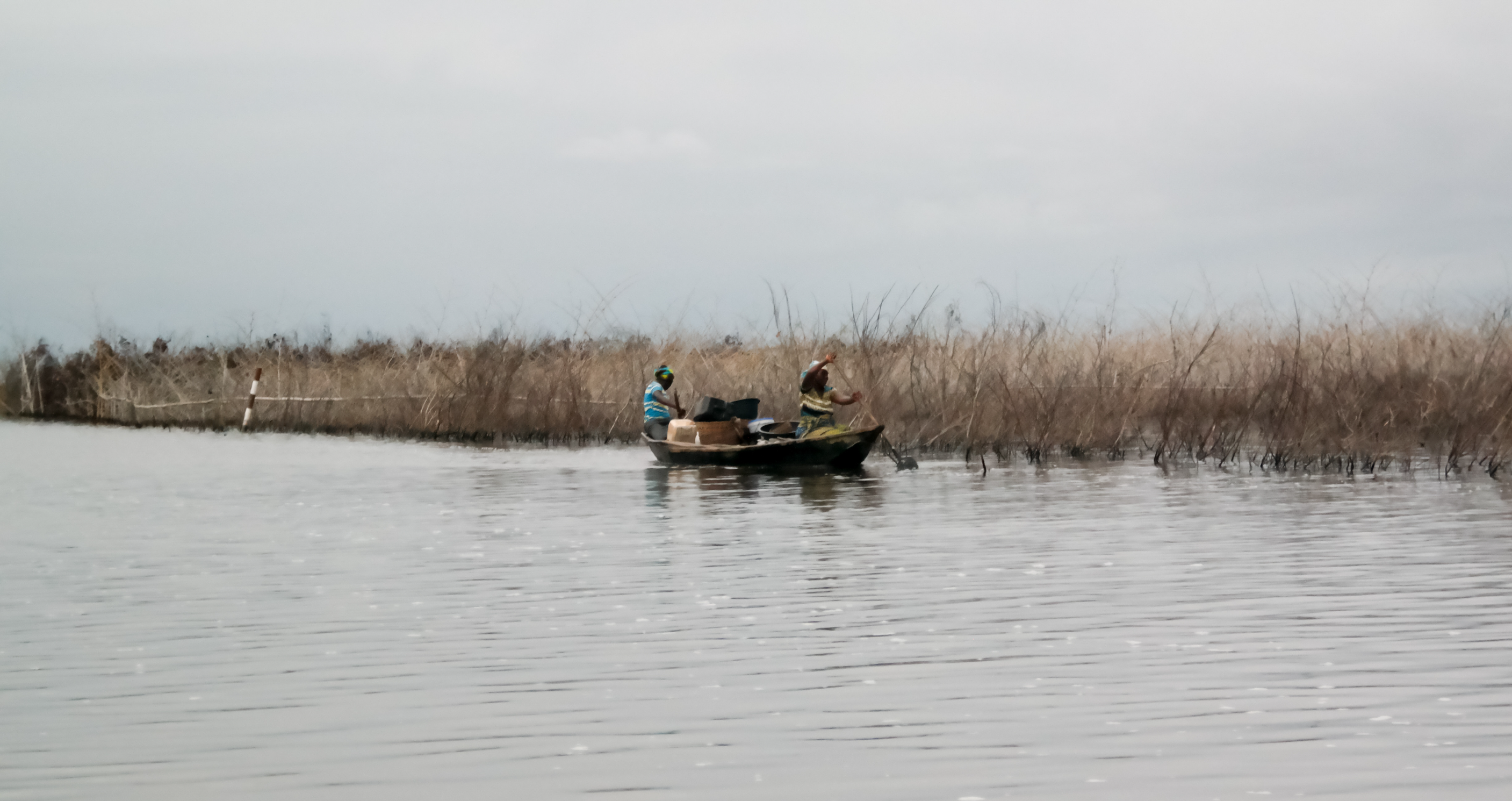
There are plenty of things to do in this energetic metropolis, which serves as Benin's centre for all tourists. Visit the Artisanal Centre to purchase trinkets and souvenirs as a keepsake of your journey to Benin. The Grand Marché du Dantokpa is the best place to shop in Benin.
Everything from seafood to soap may be found here. Vodou priests purchase items for ceremonies at the Vodou Fetish Market located in the market's northern section. This is where you will arrive and depart from Benin: the international airport.
Local advice: Avoid going for a solo swim or strolling along the beach at any time of day.
4. Explore the past of Abomey, the ancient capital

Go to the Royal Palaces of Abomey if you love history. Formerly the capital of the west solid African Kingdom of Dahomey, which ruled from 1600 until 1814, Abomey is located in the northern part of Benin. This place has significant historical value and is recognised as a Unesco World Heritage site. The fascinating tales of the monarchs who formerly called her home. Make sure you have a guide from the area tell you the stories.
Sadly, the palaces have been destroyed and are in a terrible condition of disrepair. The "Walk of the Slaves," a recently added component to Abomey, represents the final portion of an enslaved person's journey from when they left Africa until they landed in the Americas. This 3-kilometre section of the walkway leading to the former slave market is lined with monuments and plaques honouring those who were forcibly taken into slavery and forced into servitude.
Planning tip: Abomey is located quite far from other towns and cities.You'll need to travel by road to get here.
5. Explore Portuguese remnants in Porto-Novo
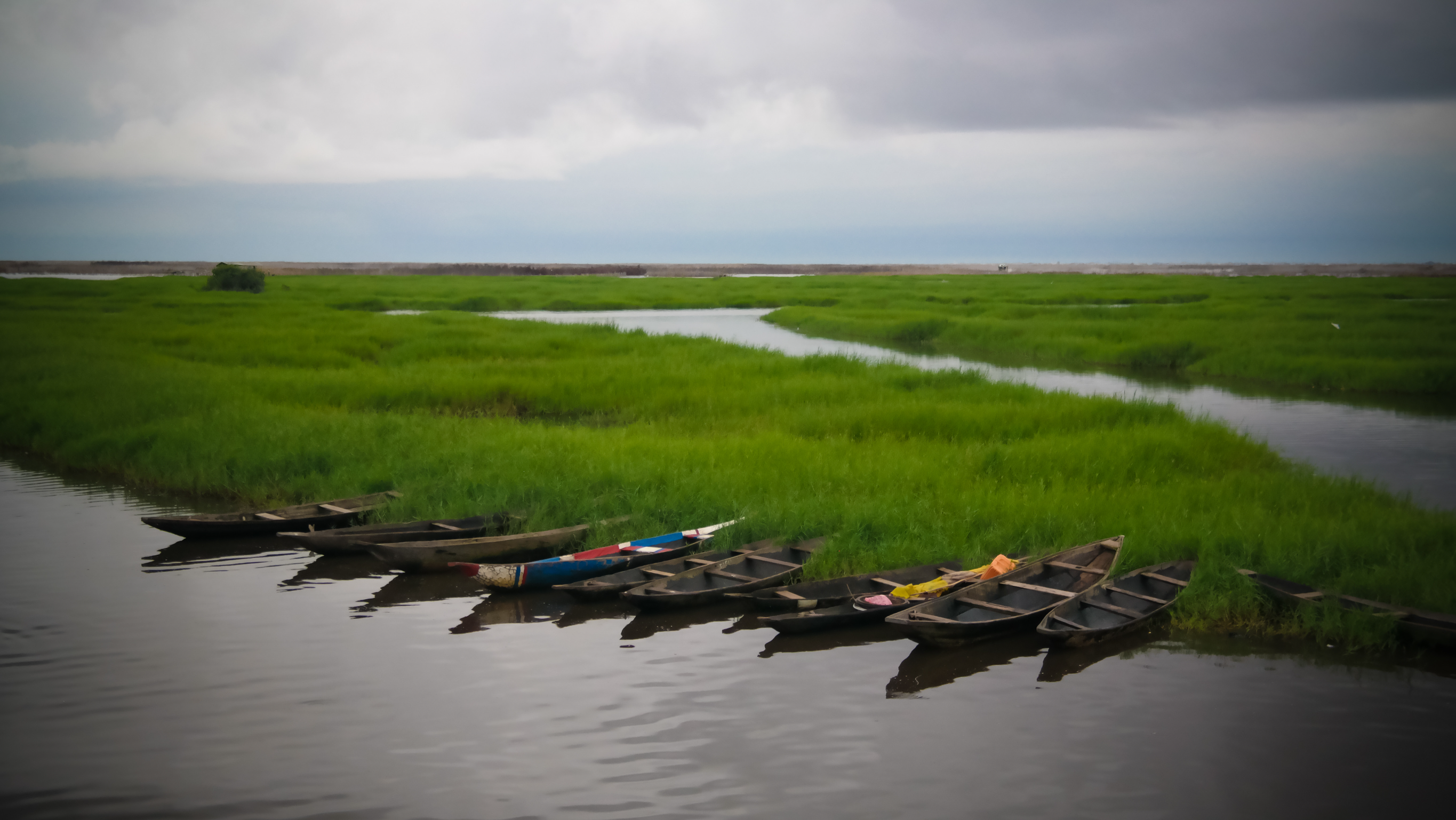
Benin's capital is Porto-Novo. It has solid colonial roots to the French, who once declared it the capital of their colony and a rich history connected to the kingdom of the Goun (Gun) people. After the Portuguese turned it into a hub for the slave trade, it was renamed Porto.
You may see the Grand Mosque, modelled by their colonial-style churches in Benin and constructed in 1912 by the Brazilian community. Portuguese churches adopted this style, which spread to Brazil and Benin, where it was applied to building a mosque for Muslims.
Additional locations to explore are the Musée Ethnographique de Porto Novo, which offers insights into the traditions of Benin's numerous ethnic groupings; the Centre Songhai, an eco-friendly agricultural hub; and the Musée de Silva, honouring the Afro-Brazilian community in Benin. Aguégué is another option, a less visited stilt village 10 kilometres from Porto-Novo.
Planning tip: When it comes to planning your trip to Benin, Porto-Novo offers beaches as well as unique historical attractions.
6. Unwind in the peaceful setting of Grand-Popo
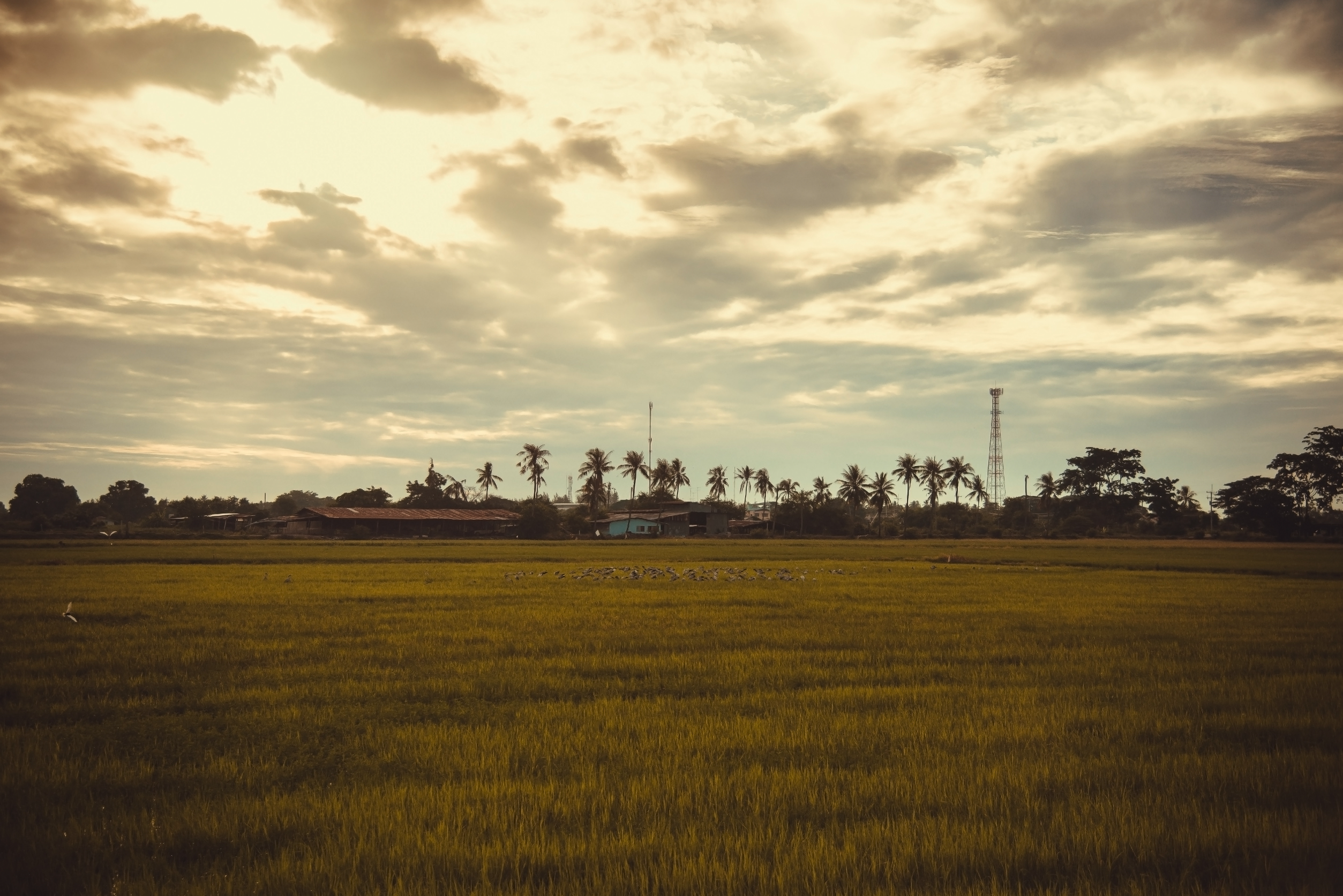
This is a spot to unwind while visiting Benin. It needs to be more commercialised while maintaining its own culture and customs. The off-season is the ideal time to visit Grand-Popo and have the beaches to yourself.
Take advantage of Villa Karo, a Finnish and West African culture centre, and Bouche du Roy, where a river joins the ocean. For a more immersive cultural experience, you can also visit Lac Ahémè, where women collect salt and instruct guests on the customs of Beninese agriculture.
7. Visit Pendjari National Park and take a safari to see wildlife

Many animals, including buffalo, hippos, elephants, and lions, can be found in Pendjari National Park. It is a 2,755 square km secluded reserve. The most picturesque spots are tucked away among the cliffs and hills. The region's tropical environment guarantees a plentiful annual rainfall, promoting lush flora growth.
You should hire a guide to fully appreciate the breathtaking vistas of large land mammals and reptiles. To make the most of your stay, you can also go birdwatching.
Planning tip: Bring a hat and sunscreen on your excursion.
8. Detour to Shea Butter's home

The well-known Natitingou shea butter producers are about 50 kilometres from Pendjari National Park and are well worth a diversion on your itinerary when visiting Benin.
This tiny city is home to a museum that chronicles the intricately veiled history of the Somba people of Benin and is housed in a French colonial structure. This is the finest site to learn about Somba culture and witness their distinctive building techniques if you have an affinity for African culture. The greatest location in Benin to witness the production of shea butter and purchase a few jars as mementoes is Natitingou.
Final Thoughts
With enriched descriptions, practical tips, and a focus on cultural respect, this enhanced guide invites travellers to explore Benin's depth. By engaging deeply with its people, history, and landscapes, visitors can embark on a journey that goes beyond the ordinary, leaving a lasting impact on the traveller and the communities visited.
FAQS
What are some unique attractions for first-time travellers to Benin?
First-time visitors should be aware of Ganvie, the largest stilt village in Africa, and Ouidah, a centre of Vodun (Voodoo) culture.
Where in Benin can visitors enjoy natural landscapes and wildlife?
Pendjari National Park offers wildlife safaris, while Grand-Popo provides serene beaches for relaxation.
How can visitors contribute to local communities while exploring Benin?
Supporting local Shea butter producers and engaging with community-run accommodations and guides benefits local economies.
What are some essential considerations for wildlife viewing in Pendjari National Park?
Visit during the dry season, hire a local guide for the best experiences, and follow park regulations to respect wildlife.
Benin's diverse attractions, from historical sites to natural wonders, offer enriching experiences for every traveller. They emphasise the importance of respect and engagement with the local culture and communities.